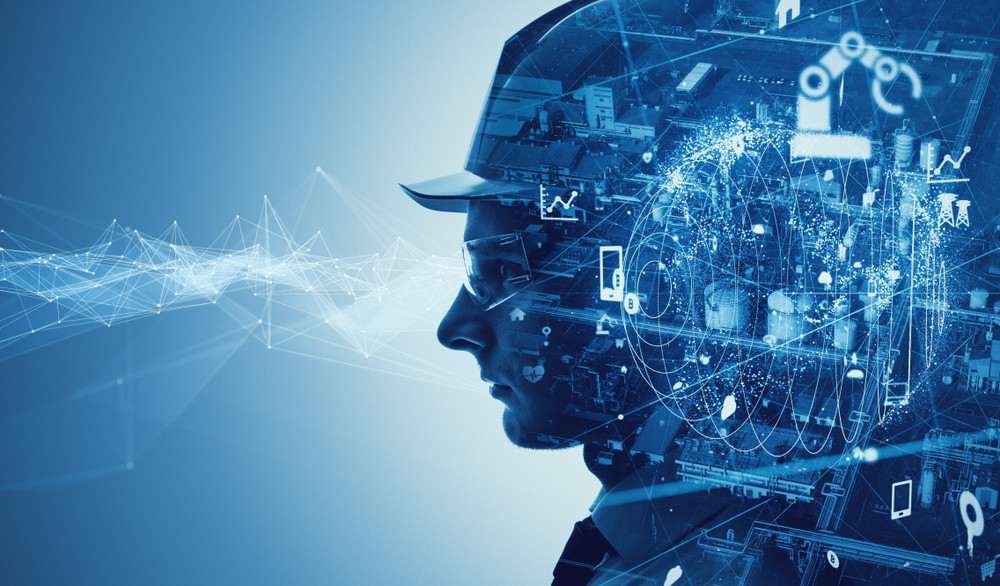The spectrum from the real world to the fully virtual one, represented by Virtual Reality (VR) contains a very critical stopping off point – Mixed Reality (MR). Typically delivered via a headset, MR combines the best elements of the digital world and overlays this onto the real world, a capability which is now being fully explored within organisations and enterprises within a variety of industry verticals.
And while new technological innovations are developed at a furious intensity, MR has been with us since the late 1960s in some form or another. Its first widespread use case was overlaying lines of sports events for views on home television – a great early example of technology illuminating a potentially ambiguous situation. Business has naturally been quick to adopt and adapt to MR, given its inherent focus on mobility and the way that it enhances interactions and affects outcomes.
More recently, the usage of MR within enterprises has changed. After initially being exploited as a tactical resource for exceptional cases, its success in this area has paved the way for greater exploration and greater adoption. MR is now finding itself more frequently a first line resource, opening up new business areas and allowing companies to scale operations in ways previously unimaginable.
Mixed Reality quickly becoming a strategic asset
New business models in the maintenance and service market, such as the development of servitization, selling services rather than machinery, mean that flexibility and agility must be at the core of modern enterprises. In order to meet and exceed agreed service levels, many companies have already turned to MR, which finds an obvious primary use case in assisting field engineering operations.
Originally, MR was adopted by engineers in order to mitigate adverse weather events and other circumstances that prevented a senior engineer from attending site directly. In this case, a communications grid is set up between a Subject Matter Expert (SME) and a remote engineer. The physical location of the SME is almost irrelevant as MR technology can work with bandwidth as low as 256k. Given the ubiquity of cell phone towers, MR works extremely well even untethered from the corporate wi-fi. The SME guides the remote engineer, wearing an MR headset, adding diagrams, models or even drawing directly into the field of vision. This working method is remarkably intuitive and does not suffer from the disorientation often experienced with VR.
But after adopting this tactical approach to field engineering using MR, and finding that it works, companies have now begun adopting MR as their primary approach, discovering that it provides strategic options to delivering services and opening new opportunities for growth.
Given that skilled engineers are a scare resource, it makes sense to optimize how they perform their work, and idle time wasted on long car journey or airplanes racks up costs with no benefits. In these cases, the engineer is neither contributing to remediating a problem nor transferring skills to another engineer who may be expected to fix the same problem in the future. Given SLAs are a competitive differentiator between firms, the quicker the fix – the better.
Using this model of an SME working in tandem with a less experienced engineer, firms are finding that they can achieve more. Whether it’s fixing faults with lower associated downtime or transferring skills from one engineer to another within the company as part of training operations, manufacturers have discovered the geography matters much less than they may have originally expected when putting their products on the market.
This is because a fixed volume of SMEs within an organization limits its ability to expand or provide services outside of its immediate geographical footprint. Both for firms that build machinery that will be permanently located at a single location, and companies that produces mobile machinery like cars, lorries or boats – being able to extend the reach of their remote engineering operation has provided significant benefits.
Previously, without a global footprint servicing of equipment was handed off to the closest sub-contractor or available company with little in the way of training, in the hope that they could fix whatever was required. But with the use of MR, firms now have an extended outreach and are in full control of how complex equipment can be fixed and serviced, all with an experienced engineer calling the shots.
Significant advances in MR technology
MR technology has made major advances in recent years, providing better performance and better features, helping to increase adoption across the workplace. With the right software provider that possesses the technical skills to implement a solution, organisations have moved from using MR as a tactical solution to begin exploiting its value as a strategic asset that can impact business growth and direction.
No longer a stopgap solution, MR has now become firmly embedded in remote engineering practices. Through the innovative use of MR, companies find that they can extend beyond their physical boundaries determined by their immediate manufacturing plant or established service centres. The result is that companies can now sell further afield and manage their servicing contracts and schedules without establishing operations globally. This is a subtle but important leap forward in thinking, when considering the original use case.




